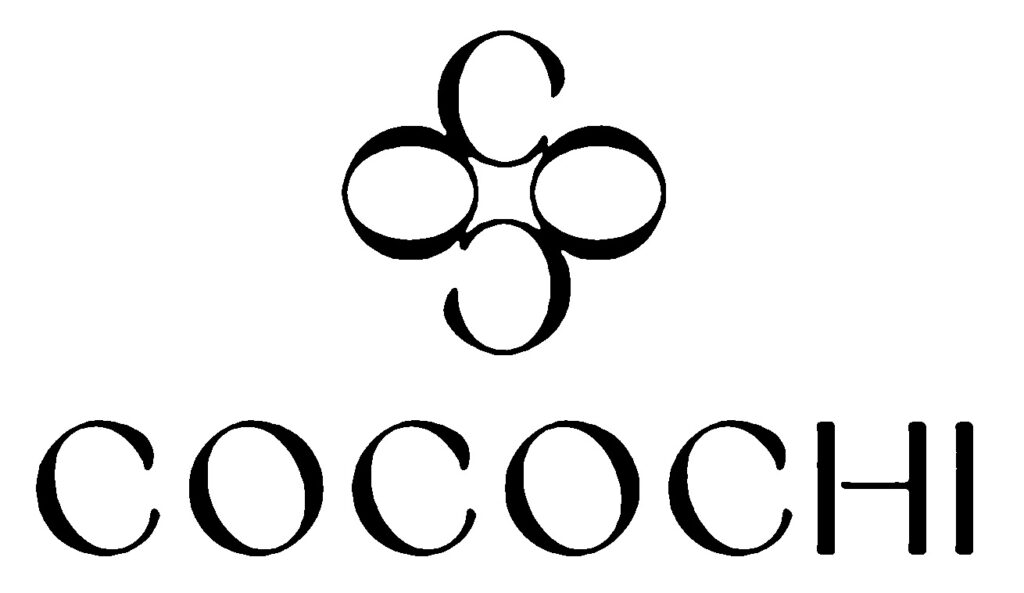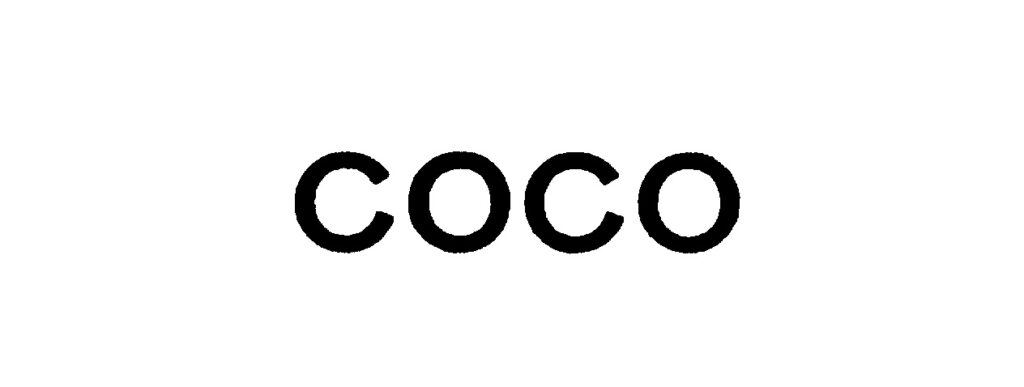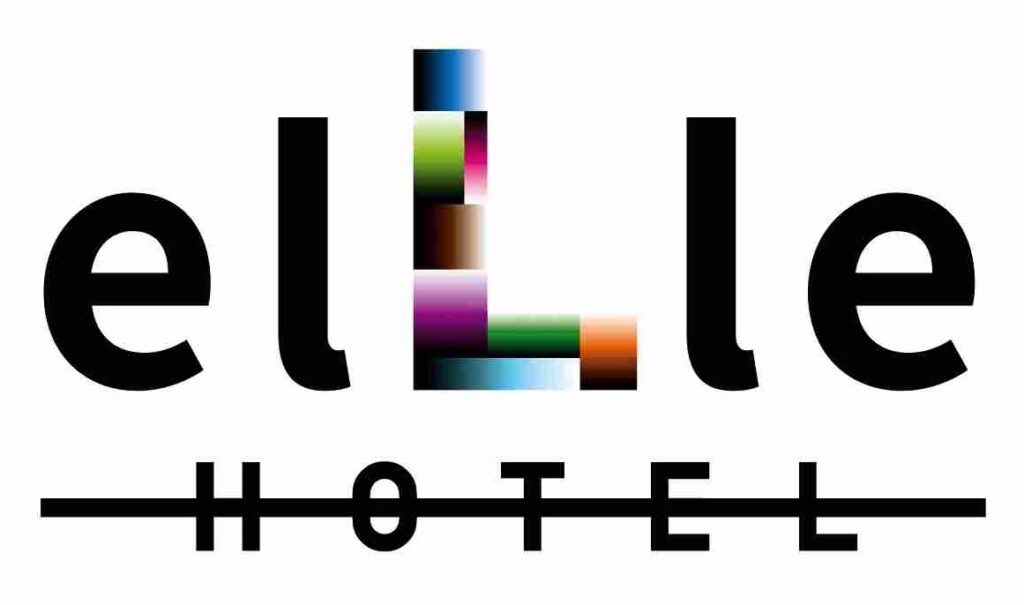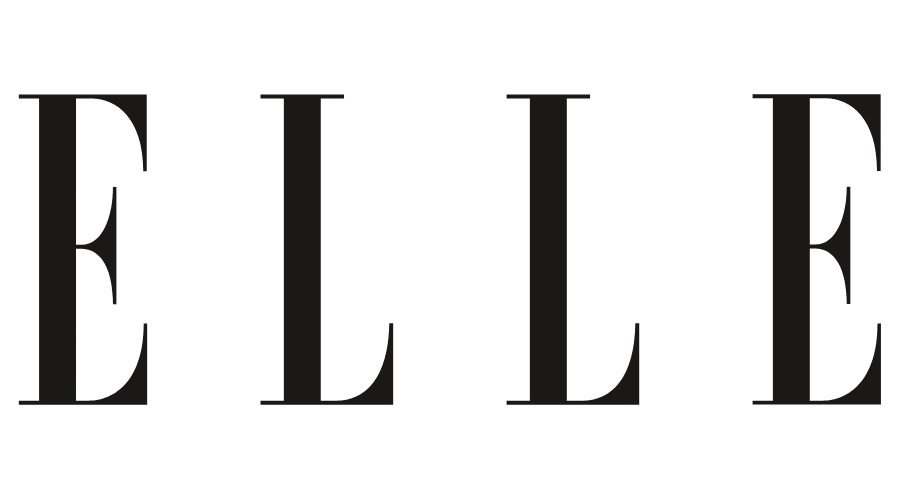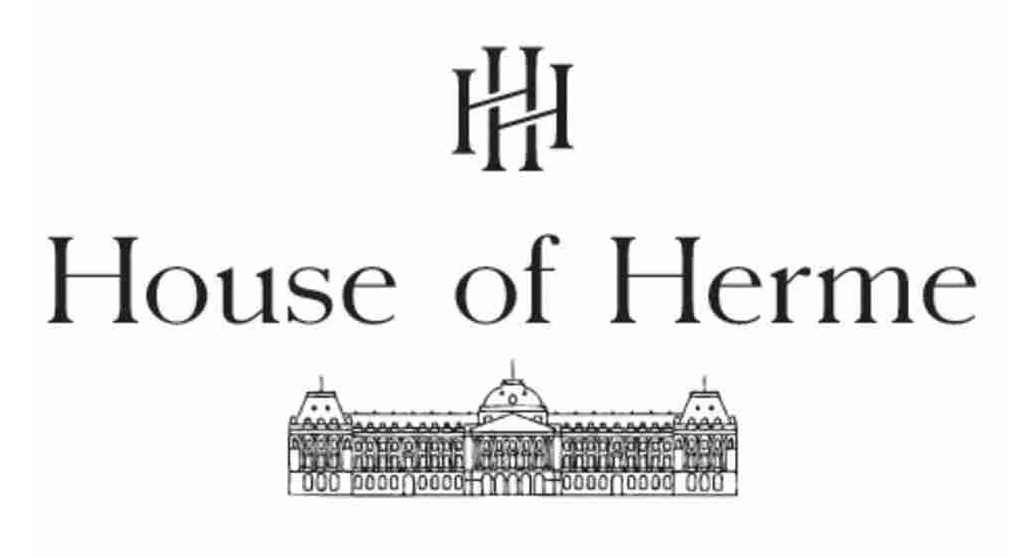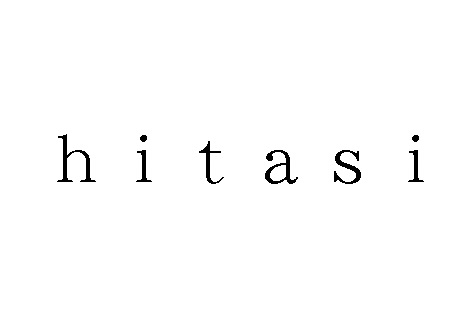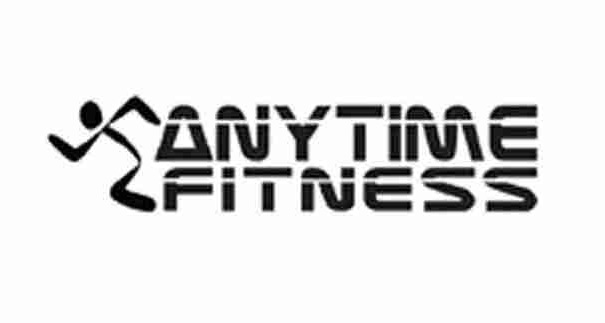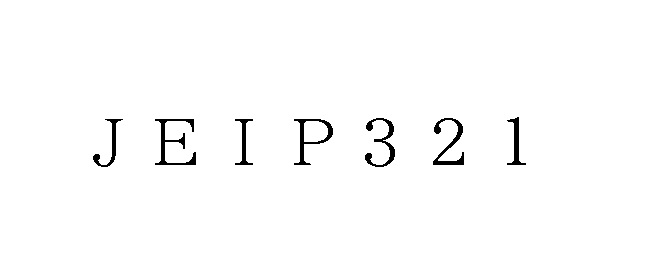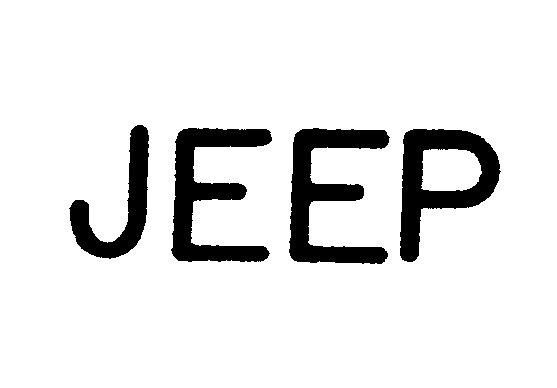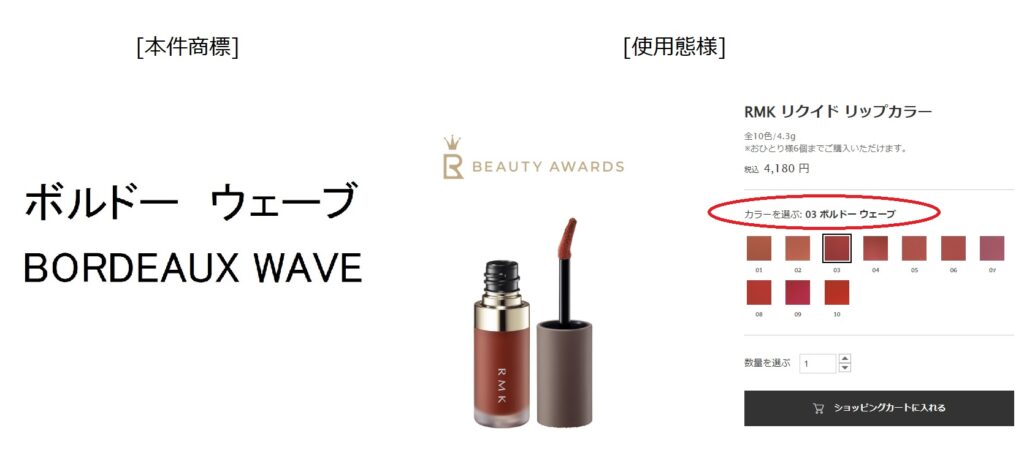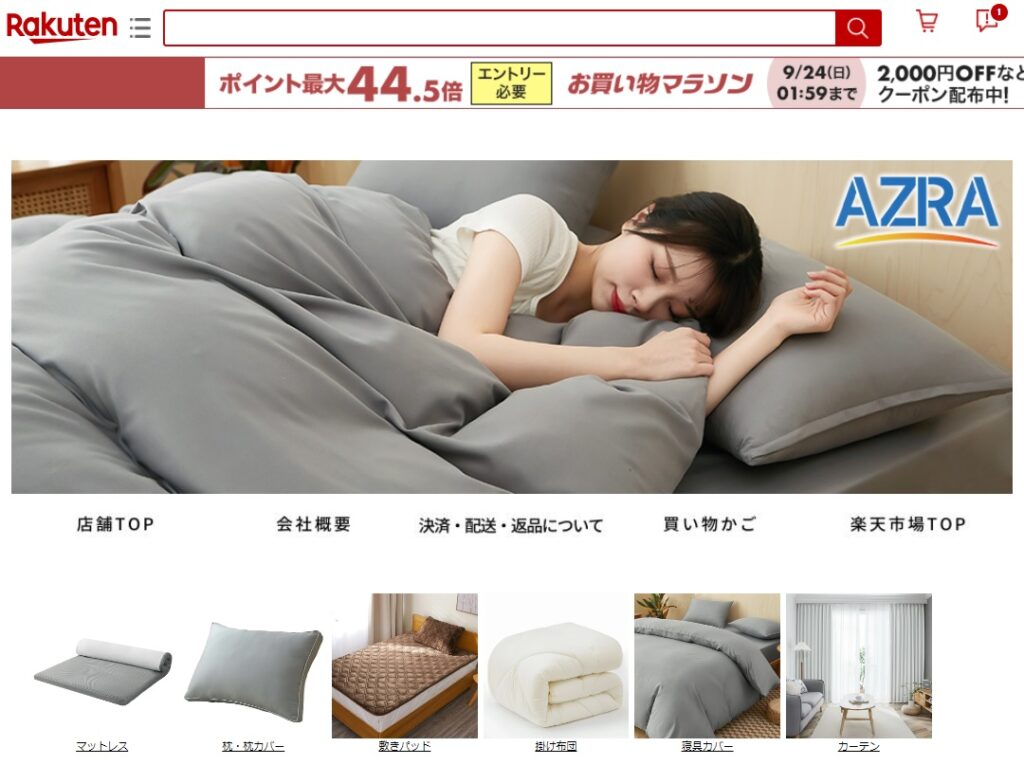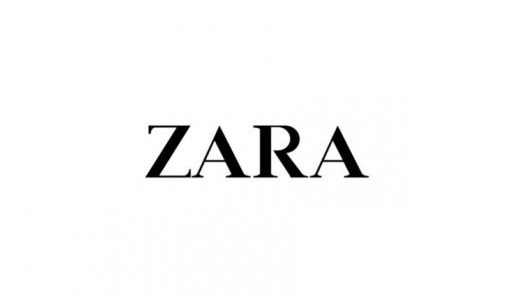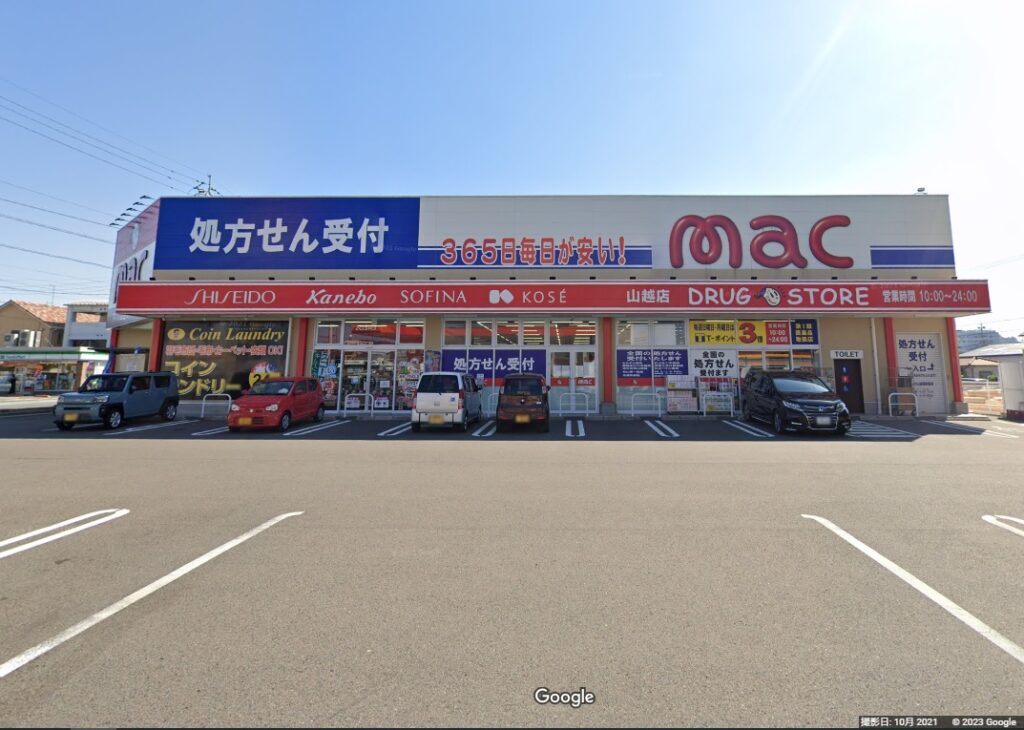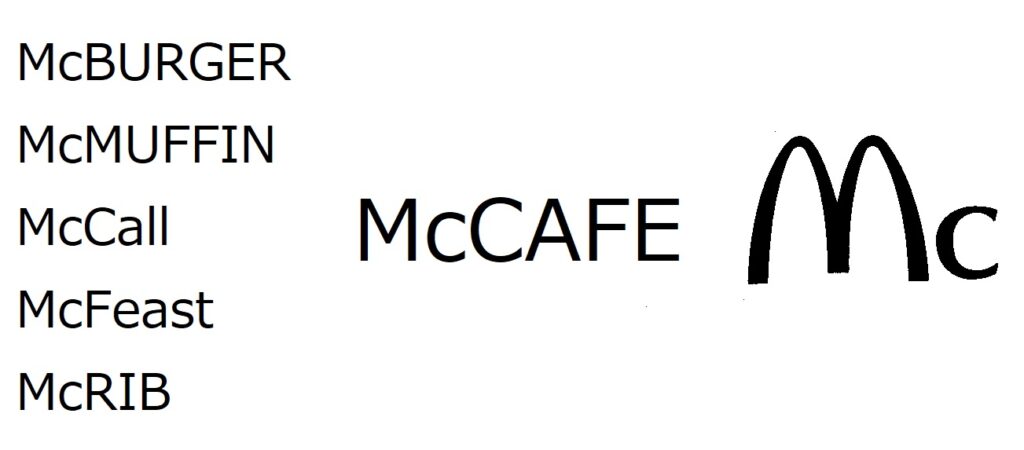In a bid to oppose TM Reg nos. 6668894 “LX RESORT” and 6668893 “LX HOTEL”, the Japan Patent Office (JPO) dismissed the oppositions filed by Hilton Worldwide Manage Limited due to dissimilarity to and unlikelihood of confusion with Hilton’s earlier trademark registration for “LXR HOTELS & RESORTS”.
[Opposition case nos. 2023-900082 and 2023-900083, decided on December 1, 2023]Opposed mark
Hack Japan Holdings Co., Ltd. filed trademark applications for wordmark “LX HOTEL” and “LX RESORT” in standard character over services in classes 35 and 43 including hotel services with the JPO on August 29, 2022.
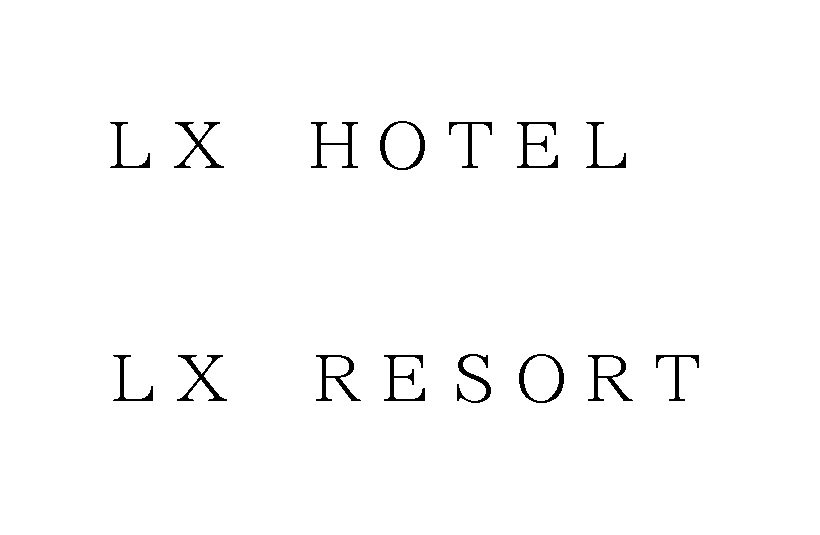
The JPO granted protection of the opposed marks on February 3, 2023, and published it for post-grant opposition on February 13, 2023.
Opposition by Hilton
Hilton Worldwide Manage Limited filed an opposition on April 12, 2023 just before the lapse of two-month opposition period.
Hilton claimed the opposed marks shall be cancelled in contravention of Article 4(1)(xi) and (xv) of the Japan Trademark Law by citing earlier TM Reg no. 6117133 for wordmark “LXR HOTELS & RESORTS”. Given both “LX” and “LXR” imply a meaning of “luxury”, there is a high degree of similarity in meaning.
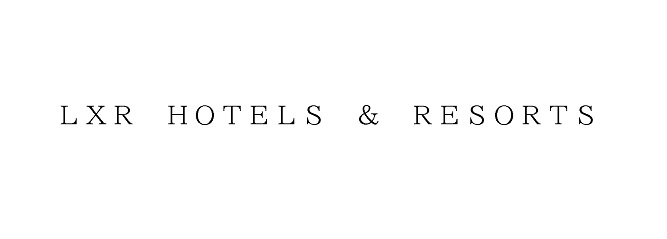
By taking into consideration the cited mark “LXR HOTELS & RESORTS” has been recognized among consumers of the Hilton hotels, relevant consumers are likely to confuse a source of hotel in the name of “LX HOTEL” and “LX RESPRT” with Hilton’s luxury hotels when used on the services in question.
JPO decision
The JPO Opposition Board did not admit a high degree of recognition of the Hilton “LXR HOTELS & RESORTS” among relevant consumers in Japan because of insufficient evidence to find such recognition objectively.
The Board found the opposed marks shall be assessed in its entirety and would not give rise to any specific meaning at all. Obviously, there is no similarity in appearance and sound between two marks. The Board has no reason to believe relevant consumers would consider the term “LX” of the opposed marks as an abbreviation of “luxury”. If so, the opposed marks shall be dissimilar to the cited mark “LXR HOTELS & RESORTS”.
In view of a low degree of similarity, it is unlikely that relevant consumers confuse a source of hotel in the name of “LX HOTEL” and “LX RESORT” with the opponent or any business entity systematically or economically connected with Hilton.
Based on the foregoing, the Board found the oppositions groundless and upheld validity of the opposed marks.

